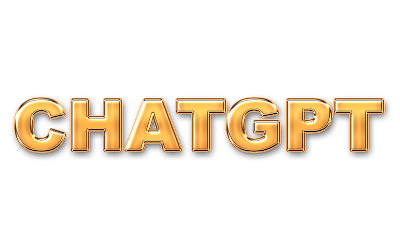The launch of ChatGPT, a conversational AI platform, has brought a new wave of innovation to the tech industry. Launched in November as a “research preview,” ChatGPT became one of the fastest-growing consumer apps in history, leading to many companies adopting the underlying model. While the initial pitch was understated, it is now clear that ChatGPT is fundamentally changing the way we think about technology. In a world where the future of technology is based on typing commands into a text box, generative AI is heading in two directions: infrastructural and interactive.
Infrastructural AI adds new tools and capabilities to the tools people already use. Google’s LaMDA and GPT-4 are two examples of this, helping users with writing emails, creating presentations, editing photos, writing code and improving productivity. This path has been in development for years and large companies such as Salesforce have built strong AI research projects. These models are expensive to create, train, and query but are potentially game-changing for productivity. AI enhancements in existing products are being invested in as a big business and will continue to be for a long time.
The other AI direction, in which interacting with AI becomes a consumer product, was a much less obvious development. ChatGPT was one of the first products that made interacting with AI in a conversational manner a consumer product. It allows users to talk to a robot about movies, recipes, and other topics, and if users use just the right phrases, it might even make inappropriate remarks. This feature became very popular, and it wasn’t long before other companies such as Bing and Bard tried to develop their own versions of it.
Before ChatGPT, typing into a chat window was not considered the next big thing in user interfaces. It is, in fact, a return to a very old idea. For many years, most users only interacted with computers by typing on a blank screen. The command line was how users told the computer what to do. However, a funny thing happened, we invented better interfaces. The command line gave way to the graphical user interface (GUI), and the GUI still reigns supreme.
Although developers never stopped trying to make chat UI work, there were challenges. WhatsApp, for instance, spent years trying to figure out how users could interact with businesses through chats. Google’s Allo also tried to embed an AI assistant inside chats with friends. The first round of chatbot hype, circa about 2016, had many people thinking that messaging apps were the future of everything.
Messaging interfaces such as conversational AI are alluring for many reasons. For starters, it is easy to use. Messaging apps are how most people keep in touch with their friends and family, which means that they are places where they spend a lot of time and energy. While messaging isn’t the most advanced interface, it may be the most expandable. Slack, for instance, is considered a chat app, but it allows users to embed links, editable documents, interactive polls, informational bots, and much more. WeChat is a messaging app that serves as an entire platform that includes an entire internet. Messaging is also beneficial because it can simplify experiences in a big way.
Despite its benefits, many chat tools struggle in similar ways. For instance, browsing a catalog as a series of messages is not ideal, and buying a plane ticket with a thousand-message back-and-forth is also not practical. It is no different than voice assistants, and the development of the technology is limited by the user experience.
In conclusion, ChatGPT has sparked a new era of innovation in the tech industry, introducing the concept of conversational AI as a consumer product. The launch of this platform has shown that there are two directions in which generative AI is heading: infrastructural and interactive. While infrastructural AI adds new tools and capabilities to existing products, interactive AI provides a new way for users to interact with technology. Although messaging interfaces have their benefits, they also have limitations that need to be addressed. Nonetheless, the development of AI technology in this direction is exciting, and we can expect to see many more advancements in the near future.


